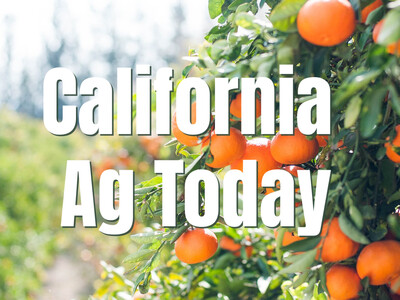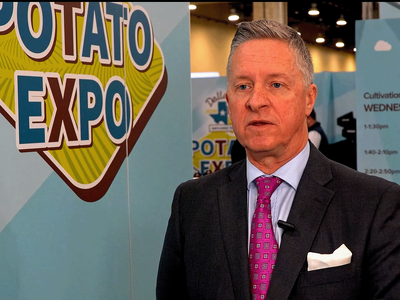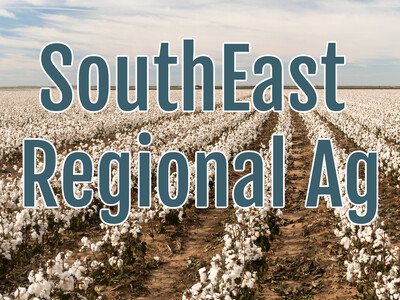Regenerative farming
Eric and Sheila Hasselstrom of Winchester Ridge Farms are experimenting with new farming methods to help improve soil health, crop quality and their bottom line. In two words they call it: regenerative farming.There has to be another way to farm with inputs on the rise. It's costing the American farmer so much more per acre to farm conventionally. Speaker3: Six years ago, we started using bio stimulants, cutting back our fertilizer rates and sugars and looking at the microbes and the rotations. We're just trying to find the right way to do this, maybe blend the organic side to the commercial side, find something happy In between that, I had 120 head of cattle growing up my whole life and we kind of switched to sheep ten years ago there just a little easier to move around over the fields than the cattle are. Speaker2: The sheep are not like goats. They're not going to totally take down the brush, but they really love the tender shoots. In the spring. They'll really reduce the size of the brush. We've set up a pattern and we started out here on Mission Creek Canyon because if there was a fire to come up, that's where I would start. We start out there and we just reduce forage. This field is all old CRP ground that we have been rotationally grazing and putting into pasture ground with some decent grass and we have the high tensile fence around it. It's a great place to wean lambs and to bring everybody in when you need to regroup and check lambs and to bring everybody in when you need to check Mom’s. Regenerative farming a growing trend.













